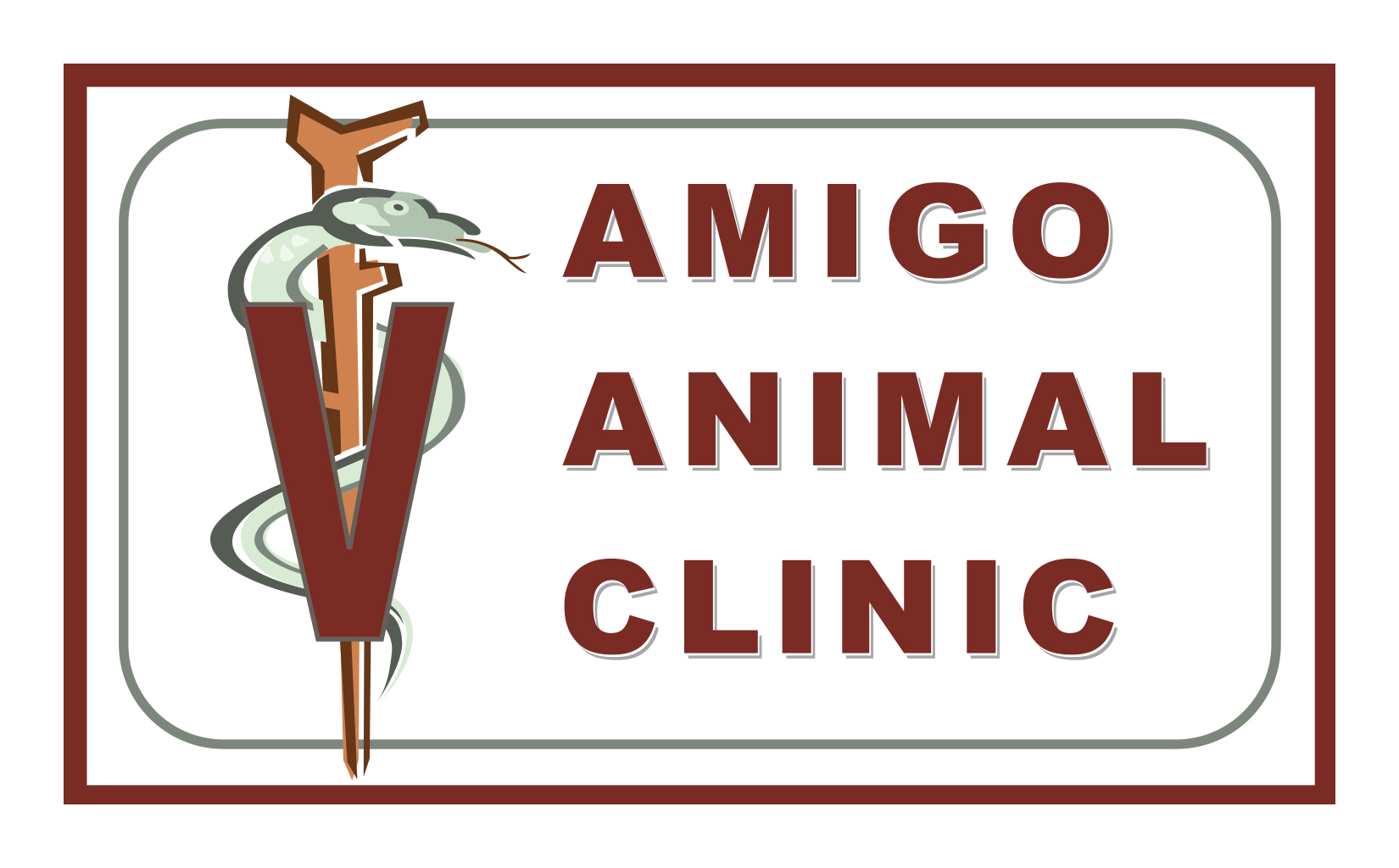Pet disaster preparedness is an essential part of being a pet parent, not to mention a good idea in general. While we are fortunate in the Grand Valley not to experience much in the way of violent acts of Mother Nature, they still could happen. And there are always man-made disasters, such as a house fire. Knowing your escape routes, where your pets are, and getting them quickly to safety are life-saving preparations. Don’t be caught off guard when disaster strikes, which is why we will lay out the information that you need to be ready for almost anything. Your animals depend on you to keep yourself and them safe when the going gets tough.
Pet Disaster Preparedness Planning
The single most important thing when it comes to disaster preparedness is to have a plan. Having an exact set of steps to follow is vital. It keeps you focused, helps prevent you from panicking, and makes it, so you do not have to make difficult decisions during a stressful time. There is a great disaster preparedness checklist from the American Red Cross, which you can download here.
When you are making your plan, ensure that you include your pets in it. You should type and print out an actual exact set of steps that you will take in the event of a disaster. Keep multiple copies of it, including at least one in an easily accessible spot like on the refrigerator.
Your plan for a disaster could look something like this:
- Gather the family members and secure pets on leashes or in carriers.
- Gather your emergency supplies
- Get any necessary medication for you or your pet
- Grab your car keys
- Move everything and everyone to the vehicle(s)
- Drive to a designated safe location
Once you have your list made, you should go through it several times and practice the steps. By doing some practice runs, you can find out what else might need to be added or changed for maximum effectiveness.
The AVMA has an excellent free brochure that includes even more information about preparing for a disaster with pets. We encourage you to read it. You can find the flyer here.
Disaster Kit for Animals
Along with a plan, you need to have supplies that you can easily and quickly take with you when you must evacuate. We are not going to cover here what your disaster kit should include for yourself; we are only laying out what you should have for your animals. To look at what supplies you should have for yourself, you can check out the article here.
Your disaster kit for your animals should include:
- Harnesses, leashes, or carriers for transporting your pets safely.
- Food, water, bowls, cat litter/pan, and a can opener if your pet eats canned food.
- Copies of medical records stored in a waterproof container.
- A first aid kit for your pet.
- Current photos of you with your pet(s) in case they get lost. These can help you get reunited with your pet.
- Information about your pet:
- Name and phone number of your veterinarian, especially important if you have to board your pets or leave them with a foster.
- Feeding schedules
- Medical conditions
- Any behavioral problems
- Pet beds and toys, if easily transportable.
- Know your emergency destination ahead of time. Shelters for human victims often do not allow animals. However, motels in the area will probably accept them in an emergency. You should call destinations ahead of time and find out which ones will accommodate you and your animals.
Disaster Preparedness for Horses
Disaster preparedness is important for all animals, but it takes extra consideration for horses because of their size and their transportation needs. It is imperative that you are prepared and able to move your horses to a safe area as fast as possible. To help you we have provided this checklist for disaster preparedness for horses that you can download here.
Get Your Pet Microchipped
Having your pet microchipped dramatically increases the odds of them being returned to you if you become separated from them. In a disaster, the chances that they become lost go up drastically, so get them microchipped as soon as possible. For some common questions and answers about microchips, you can visit the AVMA FAQ.
Summary
By being prepared, you can deal better with any disaster and safeguard your pets. Contact us if you have any questions; we are always happy to hear from you!
What's Next
Call us or schedule an appointment online.
Meet with a doctor for an initial exam.
Put a plan together for your pet.

